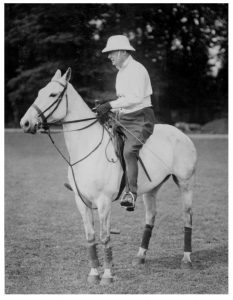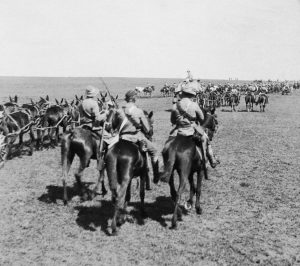
StoryElement
High stakes – with the Malakand Field Force

Winston Churchill, Parliament Square, London © Sue Lowry & Magellan PR
January 1, 1970
Here there was real danger and a real risk of being killed; the campaign was brutal and bloody. In one battle – in which fifty of the 1,300 British and Sikh soldiers were killed and a hundred wounded – he rescued a wounded soldier and dragged him to safety while under fire. During another five-hour long battle only a few days later, when Churchill was attached to the 31st Punjabi regiment to replace officers killed, sixty men in the regiment were killed or wounded.
Here, he writes to his mother, ‘Dearest Mamma’, with news of the fighting and his fearlessness:
‘ … [F]iring got so hotthat my grey pony was unsafe … I remained till the last and here I was perhaps very near my end … I was close to both officers when they were hit almost simultaneously and fired my revolver at a man at 30 yards who tried to cut up Poor Hughes’ body. He dropped but came on again. A subaltern -Bethune by name and I carried awounded sepoy for some distance and might perhaps, had there been any gallery, have received some notice. My pants are still stained with the mans blood… I feltno excitement and very little fear. All the excitement went out when things became really deadly … I rode on my grey pony all along the skirmish line where everyone else was lying down in cover. Foolish perhaps – but I play for high stakes and givenan audience – there is no act too daring or too noble.’ (Churchill to his mother, Lady Randolph, 19 September 1897)
There’s no doubt that Churchill acted bravely and capably, even if ‘foolishly’; his ‘courage and resolution’ were praised in dispatches, having ‘made himself useful at a critical moment’.
Subscribe
WANT MORE?
Get the Churchill Bulletin delivered to your inbox once a month.




